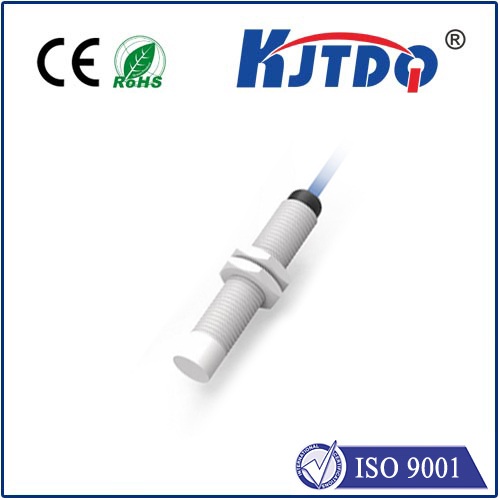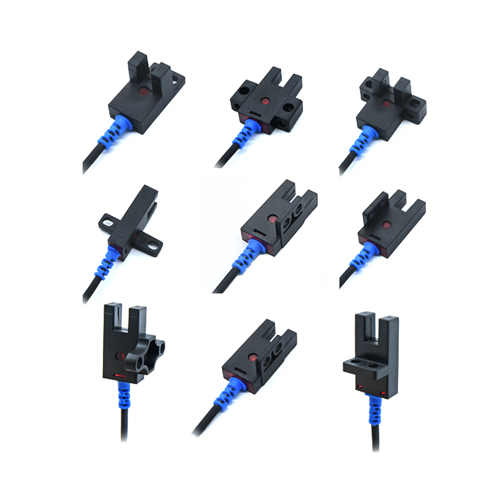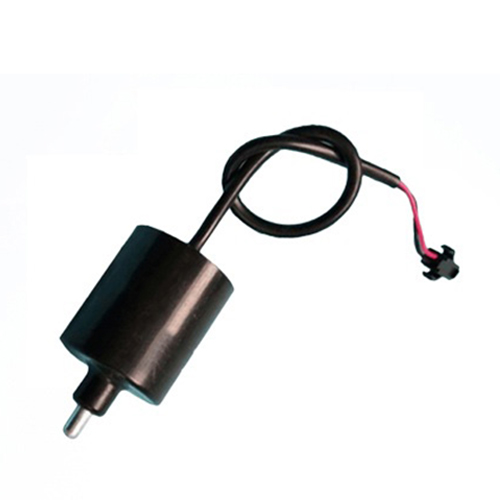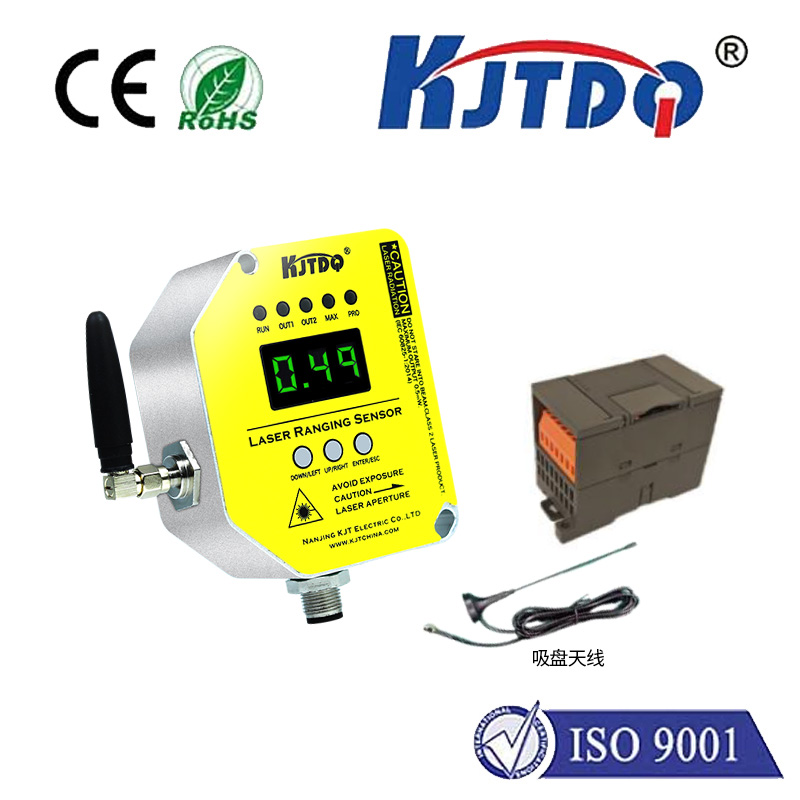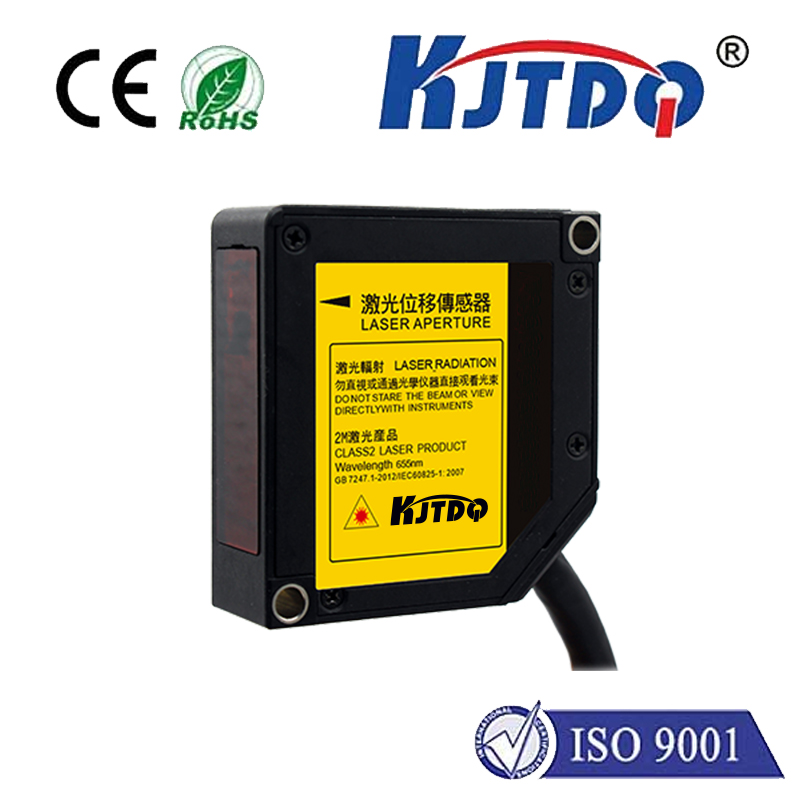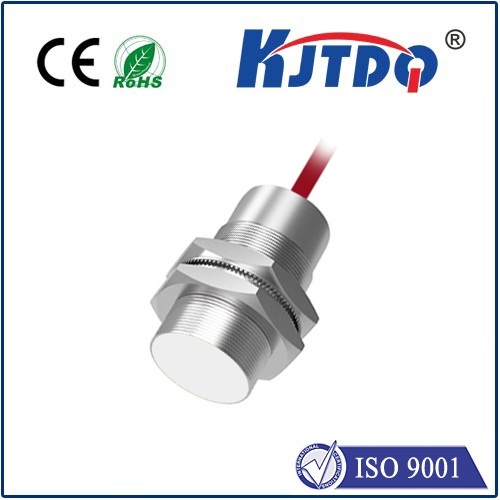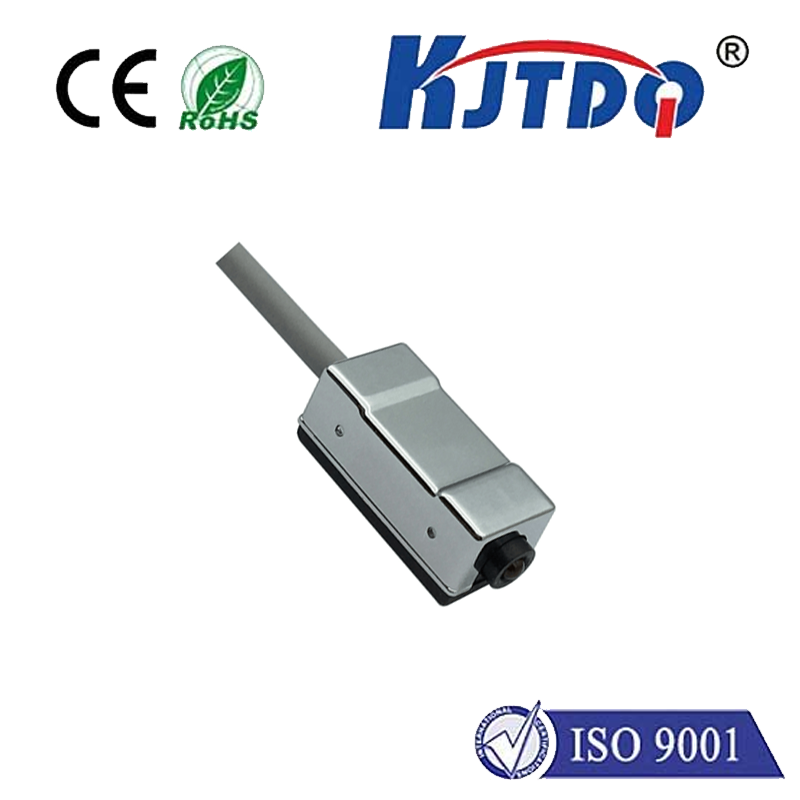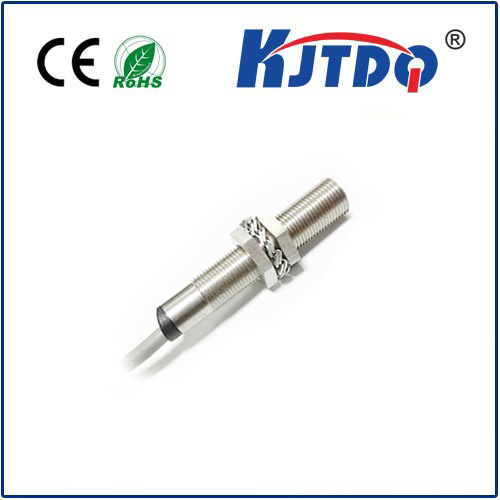proximity switches types
- time:2025-06-15 00:24:10
- Click:0
Proximity Switches Unveiled: Your Guide to the Essential Types Powering Automation
Imagine a factory assembly line humming along flawlessly. Robotic arms weld with precision, conveyor belts move products seamlessly, and machines start and stop exactly when needed. Hidden within this intricate dance of automation lies a silent, unsung hero: the proximity switch. These remarkable devices enable machines to “sense” objects without physical contact, triggering actions reliably millions of times. But not all proximity switches are created equal. Choosing the right type is paramount for optimal performance and efficiency. This guide demystifies the primary types of proximity switches, empowering you to select the perfect sensor for your application.
Understanding the Proximity Switch Principle
At their core, proximity switches are non-contact sensors. They detect the presence (or absence) of an object within a specified range – the sensing distance – and convert this detection into an electrical signal (typically ON/OFF). This fundamental principle offers significant advantages over mechanical switches:

- No Physical Wear: No moving parts mean drastically longer lifespans.
- High Reliability & Speed: Capable of operating at very high speeds without contact bounce.
- Resilience: Impervious to dirt, oils, moisture (depending on type and rating), and vibrations.
- Versatility: Detect a wide array of materials.
The magic lies in the underlying technology. Different proximity switches utilize distinct physical principles to detect targets. Here are the key types:
1. Inductive Proximity Switches (Detecting Metal)
- How They Work: Generate a high-frequency electromagnetic field from an oscillator coil. When a metallic object enters this field, it induces small eddy currents within the target. These currents absorb energy from the oscillator, causing its amplitude to decrease. An evaluation circuit detects this amplitude change and triggers the output switch.
- Key Characteristics:
- Target Material: Exclusively detects ferrous metals (iron, steel) and often non-ferrous metals (aluminum, copper, brass), though sensing distance is usually shorter for non-ferrous.
- Sensing Range: Typically ranges from fractions of a millimeter up to 60mm for shielded types and slightly further for unshielded types.
- Outputs: Primarily 3-wire DC (NPN or PNP transistor switching), though AC options and various form factors exist.
- Benefits & Common Uses:
- Robust and highly reliable in industrial environments.
- Immune to dust, oil, and non-metallic contaminants.
- Excellent choice for position sensing of metallic parts (end-of-stroke detection), speed monitoring (gear teeth counting), and presence detection in machinery. Think machine tools, conveyors, automation cells.
- Limitations: Cannot detect non-metallic objects (plastic, wood, liquids, etc.). Sensing distance affected by target metal type, size, and shape.
2. Capacitive Proximity Switches (Detecting Almost Anything)
- How They Work: Operate similarly to a capacitor. The sensor face acts as one plate, and the ground (or a nearby object) acts as the other. An oscillator generates an electrostatic field. When any object (metal or non-metal) enters this field, it alters the capacitance, changing the oscillator state. The circuit detects this change and switches the output.
- Key Characteristics:
- Target Material: Detects virtually any material – metals, plastics, wood, paper, glass, liquids, powders, and granular substances. Sensitivity often adjustable.
- Sensing Range: Similar to inductive sensors, generally from a few mm up to around 40mm for standard sizes. Distance can be influenced by material properties (dielectric constant).
- Benefits & Common Uses:
- Unparalleled versatility in material detection.
- Crucial for level detection in tanks (liquids, pellets, powders), presence sensing of plastic bottles, wood panels, or bags, and detecting fill levels through non-metallic walls. Ideal for packaging, food & beverage, chemical processing.
- Limitations: More susceptible to environmental interference like moisture, humidity, and certain chemicals compared to inductive. Can potentially detect unintended targets if not tuned correctly. Requires careful installation relative to surrounding grounds.
3. Ultrasonic Proximity Switches (Distance Measurement & Presence)
- How They Work: Emit high-frequency sound waves (inaudible to humans) from a transducer. These waves travel through the air, bounce off a target object, and return to the sensor. The sensor calculates the distance to the target based on the time-of-flight of the sound wave.
- Key Characteristics:
- Target Material: Detects solid objects and liquids regardless of color, transparency, or material (though surface texture and angle can affect performance).
- Sensing Range: Can achieve much longer ranges than inductive or capacitive sensors – from a few centimeters up to several meters.
- Outputs: Often provide analog outputs (representing distance) as well as discrete ON/OFF switching at preset thresholds.
- Benefits & Common Uses:
- Effective over long distances.
- Works well with clear objects (glass, liquids) and objects with challenging surfaces.
- Excellent for presence detection, distance measurement, stacking height control, and obstacle detection. Commonly used in parking systems, bulk material handling, and robotics.
- Limitations: Performance can be affected by temperature changes, air turbulence, wind, and strong sound absorption materials (like thick foam). Requires a relatively large target size for reliable detection at long ranges.
4. Magnetic Proximity Switches (Reed Switches & Hall Effect)
- How They Work: Detect the presence of a magnetic field.
- Reed Switch Type: Contains two thin ferromagnetic reeds sealed in a glass tube. When a magnet approaches, the reeds attract, closing an electrical contact.
- Hall Effect Type: Utilizes a semiconductor. When exposed to a magnetic field perpendicular to its surface, it generates a small voltage (Hall voltage). An integrated circuit processes this to trigger a switching output.
- Key Characteristics:
- Target Material: Requires a permanent magnet as the target. Usually embedded in a piston, cylinder, or moving part.
- Sensing Range: Relatively short range, typically measured in millimeters. Hall Effect sensors often have a more precise switching point.
- Benefits & Common Uses:
- Reed switches are simple and very cost-effective, working passively without power (power needed only for the circuit they control).
- Hall Effect sensors offer contactless, wear-free operation and high switching accuracy/repeatability.
- Primarily used for position sensing in cylinders (pneumatic/hydraulic), limit switches on moving guards, and door/window position detection. Essential in fluid power systems and safety applications.
- Limitations: Requires an attached magnet on the target. Limited sensing range. Reed switches have a finite mechanical life due to reed movement. Hall Effect variants require power.
5. Photoelectric Proximity Switches (Light-Based Detection)
- How They Work: Utilize light (visible, infrared, laser) to detect












